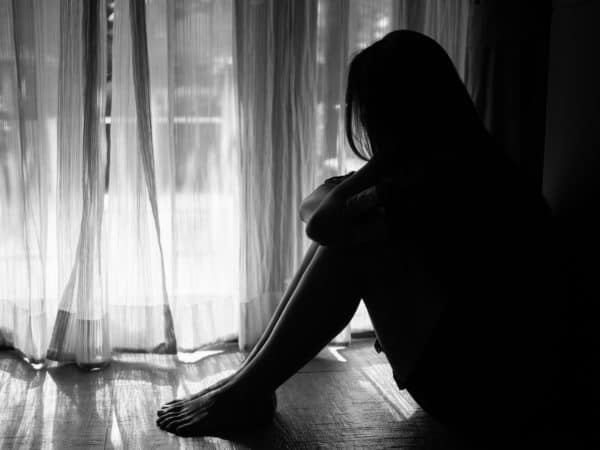What is Grief and loss?
Grief and loss can overwhelm and altogether disable typical coping strategies in a person. Grief and loss can relate to the death of a person or pet and include the end of a situation, relationship, job, life chapter, and missed opportunity.
Emotionally a person can experience feelings of sadness, anxiety, anger, loneliness, guilt, relief, isolation, confusion, or numbness. Physically they may experience feeling disorganised, tiredness, have trouble concentrating, poor sleep and have vivid dreams. In addition, they may experience a change in appetite or their health.
These feelings and experiences result from the body going into the stress response, also known as the fight or flight response. The fight or flight response automatically triggers the sympathetic nervous system. However, it happens unconsciously and can affect all bodily functions, such as digestion, respiratory rate, heart rate, pupillary response, sexual arousal, and urination.
When Grief and Loss are experienced long term, a person will stay in the fight or flight response. However, it can tick along in the background, adversely affecting their lives. Unresolved grief can manifest as illness, accidents, addiction and even severe disease.
What are the stages of grief and loss?
A person may go through all of the stages of grief shared below or just some.
The stages are not linear and can be experienced in any order or revisited at different times.
Stage 1 – Shock / Horror (Absolute overwhelm – Terror)
- The Sympathetic nervous system kicks in with a colossal fight-or-flight response – either allowing the person to fight or flee for their survival, run for help, or share the news.
- They may be overcome by the chemical rush and associated physical responses, making them weak or even causing them to collapse.
Stage 2 – Disbelief
- The mind is unable to fathom or categorise the new reality.
- The fight-or-flight response limits logical thought, making processing the information difficult or making it feel surreal.
Stage 3 – Overwhelming Sadness (Pain)
- Deeply painful and often involves a lot of crying and sometimes screaming.
- The griever may feel physical pain; experience chest pains, dizziness, shortness of breath and abdominal pain, vomiting or diarrhoea.
Stage 4 – Denial and Blame (Seeking Control)
- The loss feels unacceptable, and it can’t be real.
- They start to think about all the things that could have prevented this from happening, all the things they should have said or done and wishing things were different. They may also be looking for someone or something to blame.
Stage 5 – Exhaustion and a Sense of Loss (Emptiness)
- Feeling powerless as their rational mind begins to process the reality of the situation, they are forced to face that they can’t change anything from the past.
- They may feel like a victim. They may feel cheated, or that life is unfair.
- They may have a sense of not wanting to or not being able to go on.
Stage 6 – Fear
- May develop fears associated with mortality death and that what has happened to their lost loved one may also happen to them or to someone else they love.
Stage 7 – Anger, Guilt and Regret
- Anger or guilt takes over from powerlessness.
- They may be angry with themselves, and they may even be mad with the person who has died.
Stage 8 – Tribute
- Provided it is not harmful or extremely irrational, a tribute is a healthy sign in the grieving process.
- It’s saying that the person is ready to heal and move on, but not forget.
Stage 9 – Acceptance
- Accepting the loss of a loved one can take many years and may not ever be entirely accepted. However, it may look like being able to think about their lost loved one without being overwhelmed experiencing pain, or it may be that they live an everyday life but pray to or talk to their loved one frequently.
Stage 10 – Recovery / Healing
- Recovery and healing, like acceptance, will happen in different degrees and means different things to different people.
Signs that the grief and loss have not yet healed.

- Being unable to discuss the loss without crying or choking up.
- Blaming themselves, the lost loved one or someone else for the death.
- Being afraid of dying similarly or fearful of it happening to another loved one.
- Unable to become fully engaged in life.
- Unable to start or maintain close relationships for fear of losing another person.
- Being unable to go to certain places or do things that remind them of the lost loved one without becoming distressed.
When you are supporting someone through Grief and Loss
There is no correct time frame for dealing with or moving beyond grief. It takes time, and the time it will take is entirely individual. Hold space for that person.
** Stages often associated with the beginning of the grieving process can return, even years later.
Simply being there without judgement can be enough. Sitting in silence is okay too.
Get comfortable with being unable to ‘fix’ the situation.
Let the emotions flow
As long as there is no harm to themselves and others, let the powerful feelings be expressed however the person needs to let them out.
Reach out for support from a trained professional.
